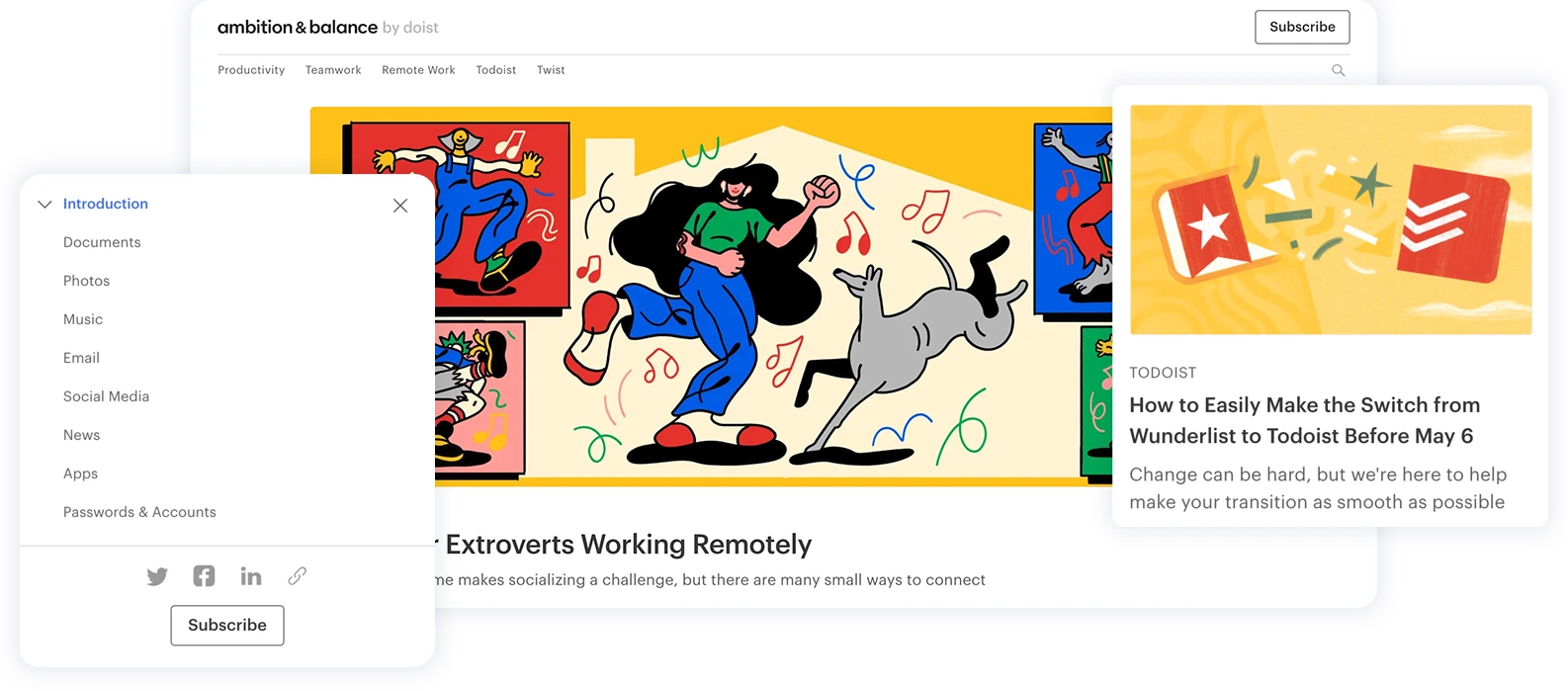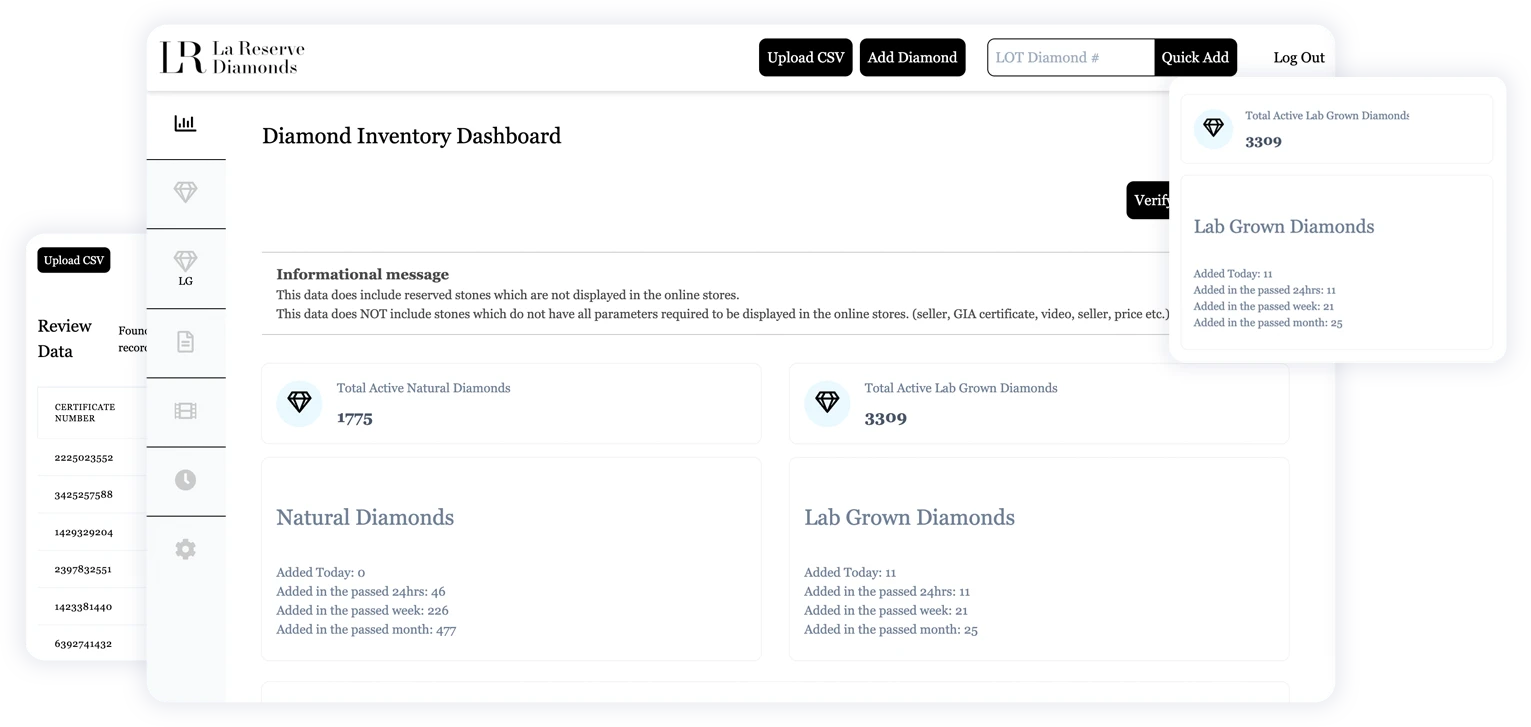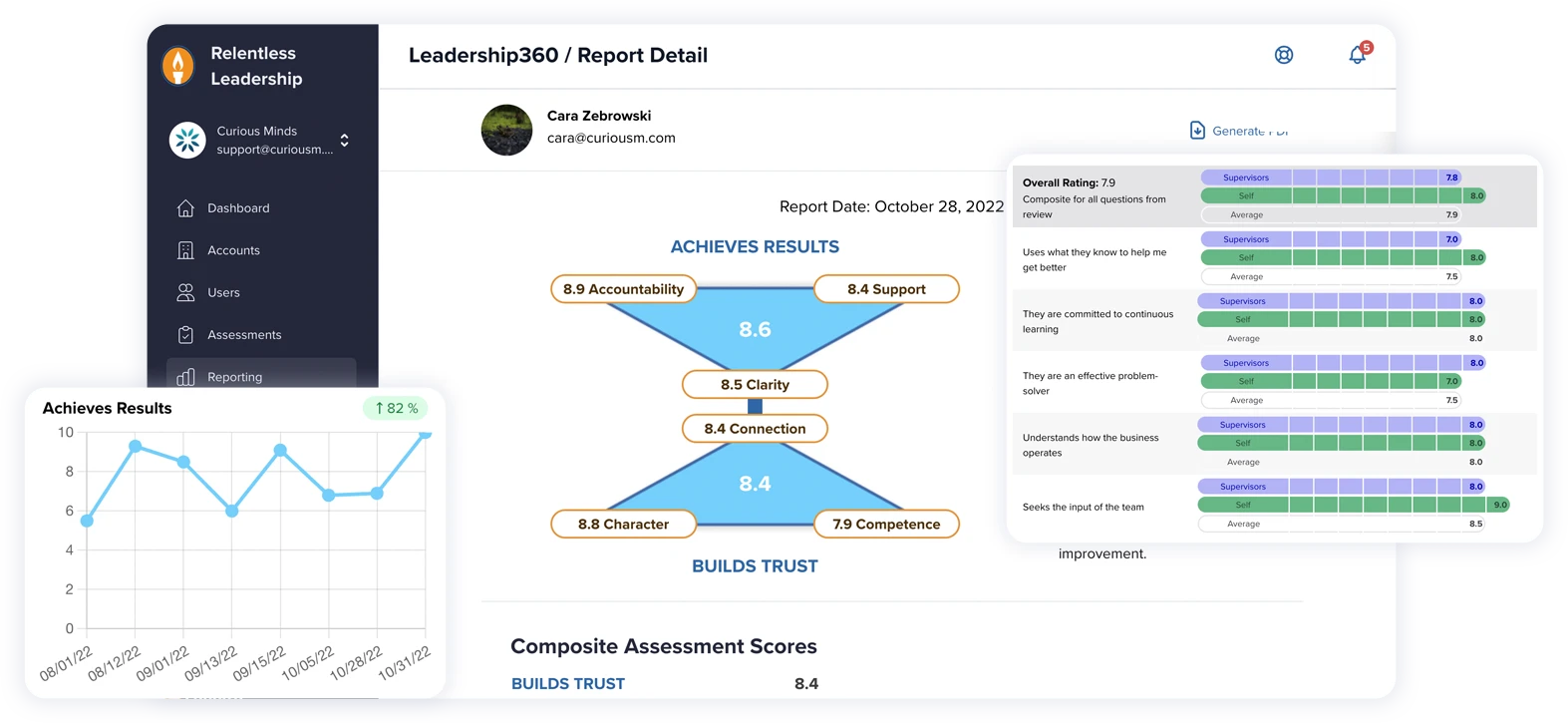These days, creating a standout customer experience is vital for retail websites aiming to thrive. Customers want to easily find what they need in your online store and have a smooth shopping experience. For WordPress retail site owners, this means optimizing the user experience to meet—and exceed—those expectations.
Crafting an engaging shopping experience involves several key components: speed, mobile friendliness, and intuitive navigation. Without these elements working harmoniously, customers might become frustrated and leave, taking their business elsewhere. Fortunately, WordPress offers powerful tools and plugins to elevate the retail website UX, ensuring each visitor's journey is memorable for the right reasons.
Understanding the Role of UX in Retail Success
The user experience (UX) can make or break your online store. It's the subtle art of crafting a digital environment where customers feel guided, valued, and understood. A seamless UX on your WordPress retail website can reduce cart abandonment rates and cultivate repeat business and brand loyalty. Your website is often the first interaction a potential customer has with your brand, and first impressions matter immensely.
Think about the last time you abandoned an online shopping cart; the chances are high that a poor UX drove you away. Slow loading times, complicated navigation, or an unresponsive design can frustrate users and lead them to competitors who offer a more intuitive shopping experience. Optimizing your WordPress retail website for speed is not just a technical upgrade; it's a vital step to improving customer satisfaction. Fast websites delight users and rank better on search engines, enhancing visibility and attracting more traffic.
With the majority of consumers using mobile devices to shop, your site must be mobile-responsive. A well-crafted mobile experience ensures that users can browse, select, and purchase easily, thus increasing their engagement with your brand. Employing the best WordPress plugins tailored for retail can streamline customer interaction through features like live chat, offering support in real time, or personalized recommendations that cater to individual preferences.
Ultimately, by focusing on the customer journey and anticipating user behavior, you create a WordPress website that doesn't just fulfill transactions but fosters relationships. This dynamic approach to UX doesn't only enhance customer experience but also maximizes conversions and empowers your brand to thrive in the digital marketplace.
Enhancing Site Speed for Quick and Efficient Shopping
When it comes to WordPress retail website optimization, enhancing site speed is paramount. Fast-loading sites not only improve customer experience on WordPress but also play a crucial role in boosting conversion rates. As a retail website owner or web developer, it's important to realize that every second counts. Slow page loading times can lead to frustrated customers, higher bounce rates, and ultimately, lost sales.
To start improving site speed, consider employing a range of best practices designed to optimize performance. Begin by assessing your current speed with tools like Google PageSpeed Insights or GTmetrix.
These automated tools will provide insights into areas needing attention, offering actionable steps to enhance performance. One commonplace issue involves large image files. By compressing and resizing images, you can significantly reduce loading times without sacrificing quality.
Several techniques and tools can further enhance site caching. Caching creates a static version of your website that loads quickly for visitors. While various plugins and services offer caching solutions, selecting the optimal approach depends on the specific needs and configuration of your website. We can help you determine the most effective caching strategy for your site.
Another option is using a Content Delivery Network (CDN) like Cloudflare. This means your website is stored on computers all over the world. When someone visits your site, they are connected to the closest computer, which makes the website load faster. CDNs also offer better security.
Make sure your website is hosted on a good server. If the server is slow, your website will be slow too. You might need to upgrade your hosting plan for better performance.
You can also make your website's code smaller and more efficient. This is called "minifying" and it helps your website load faster.
And don't forget to keep your WordPress, plugins, and themes updated to the latest versions. Outdated software can slow down your site and make it less secure.
By following these tips, you can make your website faster and give your customers a better shopping experience. We're available to help you navigate these options and build a high-performing retail website.
Exploring the Best WordPress Plugins for Retail Websites
Choosing the right WordPress plugins is pivotal in WordPress retail website optimization and enhancing the overall user experience. When it comes to retail websites, certain plugins can make a significant difference in improving customer experience and engagement.
First off, incorporating a live chat plugin can dramatically enhance customer support. By enabling real-time conversation, customers can receive immediate answers to their queries, reducing abandonment rates and building trust. Plugins like Tawk.To or Tidio are excellent options for this purpose.
Beyond chat, harnessing plugins for personalized recommendations can elevate your retail website UX on WordPress. By offering tailored product suggestions based on user behavior, plugins such as WooCommerce Products Recommendations can increase the likelihood of conversions by guiding customers to their desired products naturally.
To further enhance your retail website, consider these additional plugin categories:
Email Marketing: Integrate your online store with email marketing platforms like Mailchimp to automate email campaigns, nurture leads, and recover abandoned carts. Plugins like "Mailchimp for WooCommerce" can seamlessly connect your store with your Mailchimp account.
Social Media Integration: Make it easy for customers to share your products on social media with plugins like "Social Warfare." This can increase your reach and drive traffic to your website.
Product Reviews: Encourage customers to leave reviews with plugins like "YITH WooCommerce Advanced Reviews." Positive reviews can build trust and influence purchasing decisions.
Abandoned Cart Recovery: Recover lost sales with plugins like "Retainful" that automatically send emails to customers who abandon their carts, reminding them of their items and offering incentives to complete their purchase.
Loyalty Programs: Reward repeat customers with loyalty programs using plugins like "YITH WooCommerce Points and Rewards." This can foster customer retention and encourage repeat business.
When choosing plugins, it's crucial to ensure compatibility with your current version of WordPress, your theme, and other active plugins. Installing incompatible plugins can lead to conflicts, errors, and even website crashes. Also, be mindful of the number of plugins you install. While plugins offer valuable functionality, using too many can negatively impact your site's speed and performance.
Also integral to a seamless shopping experience is using integrated payment gateways. Plugins like WooCommerce Stripe Payment Gateway ensure that transactions are smooth and secure, providing customers with peace of mind while elevating the checkout process. This not only enhances convenience but also fosters customer loyalty.
Furthermore, these best WordPress plugins for retail are crucial for streamlining operations and gathering insights, with analytics plugins like Site Kit by Google allowing you to monitor site performance and gain valuable visitor data. By leveraging these tools, you can effectively enhance user satisfaction and boost business growth.
Streamlining the Path from Product Discovery to Checkout
A smooth and efficient path from product discovery to checkout is essential for any successful e-commerce website. This seamless transition not only enhances the customer experience but also significantly impacts your conversion rates.
Start by optimizing your product pages. They should be visually appealing and informative, with high-quality images, compelling descriptions, and clear calls to action. Think of your product pages as your digital storefront; make them count!
Invest time in crafting product descriptions that highlight the benefits and features of your products or services. Use high-quality images that showcase your products from different angles and in context. Consider using lifestyle images to help customers visualize how they can use your products.
Once a customer has discovered a product, navigating to the checkout should be intuitive and frictionless. Employ tools like WooCommerce blocks or Divi Woo modules to create a smooth, single-page checkout process. This minimizes the steps required to complete a purchase, reducing the chance of cart abandonment.
When designing your checkout page, consider using a single-page checkout to streamline the process. Alternatively, a multi-step checkout can break down the process into smaller, less overwhelming steps. A/B test different checkout designs to determine which one performs best for your audience.
Offer a guest checkout option. Many customers prefer not to create an account to make a purchase. By providing this option, you remove a potential barrier and make it easier for customers to complete their transactions.
Ensure your site's performance is up to par. A fast, secure website is essential for a positive user experience. Regularly check for and address any lag in loading speeds by optimizing images and using efficient caching solutions.
Provide a variety of payment options. Integrate popular payment gateways like Stripe, PayPal, and Square to offer flexibility and convenience. Display the logos of accepted payment methods to build trust and reassure customers that their transactions are secure.
Finally, keep customers informed throughout the process. Implement order tracking functionality and send automated email notifications with shipping updates and delivery estimates. This transparency enhances customer satisfaction and reduces inquiries to your support team.
By focusing on these elements, you can create a streamlined path from product discovery to checkout, improving the customer experience and ultimately driving sales and loyalty.
Boost Sales and Satisfaction Through WordPress UX Optimization
Improving customer experience on a WordPress site is not just an optional enhancement; it's a critical component that can drive success for your business. By focusing on a few key areas, you can create a user experience that delights customers and encourages them to return.
First, ensure your site is optimized for speed, mobile responsiveness, and intuitive navigation. These elements form the foundation of a seamless shopping journey.
Mobile responsiveness is no longer a luxury but a necessity. With the majority of online shoppers using mobile devices, your website must provide a smooth and enjoyable experience across all screen sizes. Consider a mobile-first design approach, where you prioritize the mobile experience and then adapt for larger screens.
Accessibility is another key aspect of a positive user experience. Make sure your website is usable for everyone, including those with disabilities. Follow accessibility guidelines such as WCAG (Web Content Accessibility Guidelines) by providing alternative text for images, using proper heading structure, and ensuring sufficient color contrast.
Remember that WordPress offers a variety of plugins that can enhance the customer experience and drive sales. Leverage plugins for live chat, personalized recommendations, and effective customer support to transform visitors into loyal customers. These tools not only improve customer satisfaction but also boost conversion rates and foster brand loyalty.
A/B testing is a valuable technique for optimizing your website's UX. By testing different versions of elements like headlines, calls to action, and page layouts, you can identify what resonates best with your audience and continually improve your website's performance.
Don't hesitate to draw inspiration from successful retail websites. Analyze the UX of popular online ecommerce stores and identify best practices that you can adapt for your own site. Pay attention to elements like navigation, product presentation, and checkout flow to see how they contribute to a positive user experience.
By implementing these strategies, your WordPress retail site will reflect a customer-centric approach, ultimately leading to increased sales and sustained growth.
For further assistance with WordPress development, WooCommerce development, hosting, or SEO, consider partnering with a specialized agency like Curious Minds Media. Curious Minds Media offers tailored solutions to optimize your ecommerce website and enhance the customer experience. Contact us today to learn more about how we can help you achieve your business goals.


















